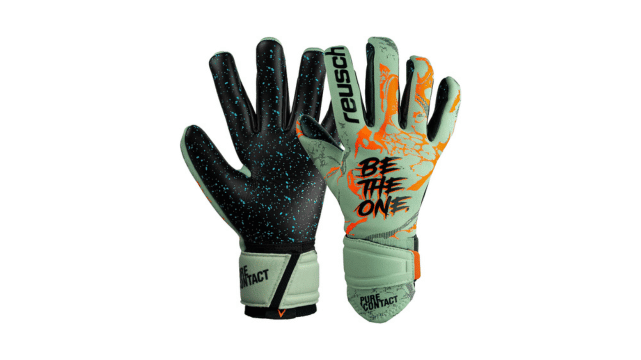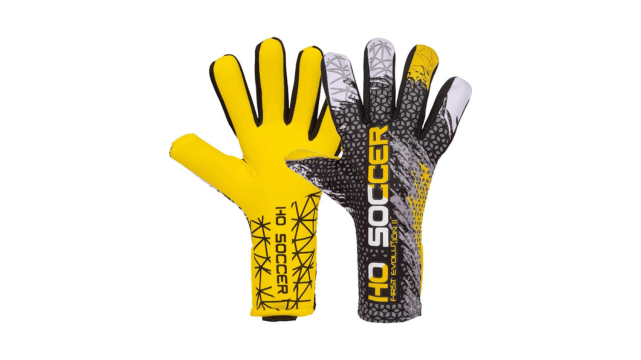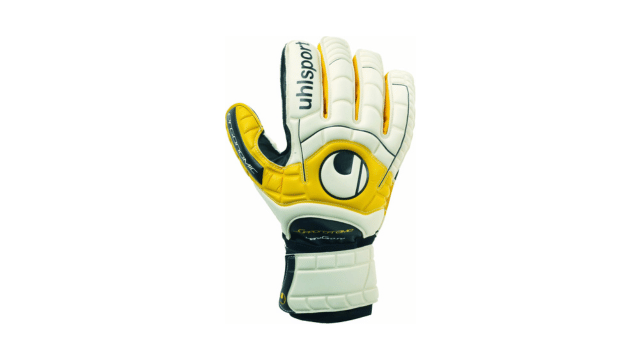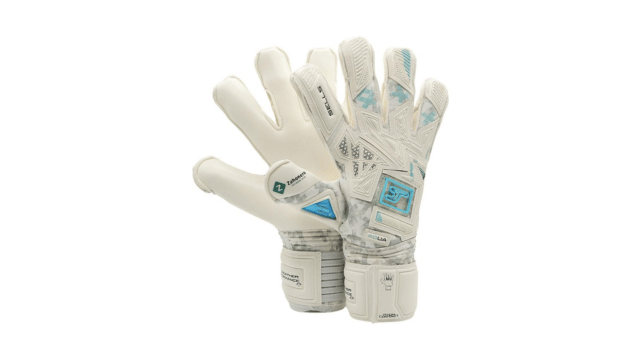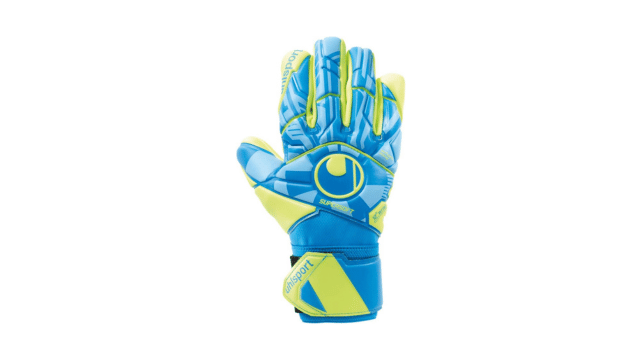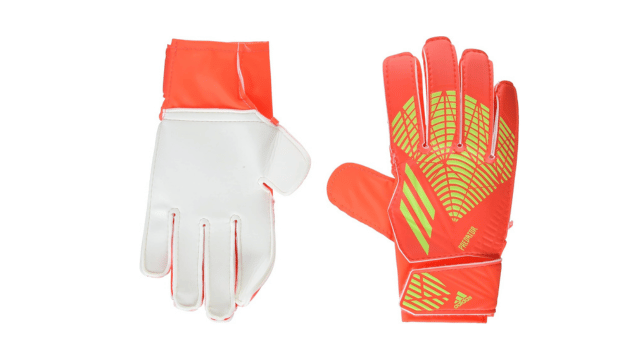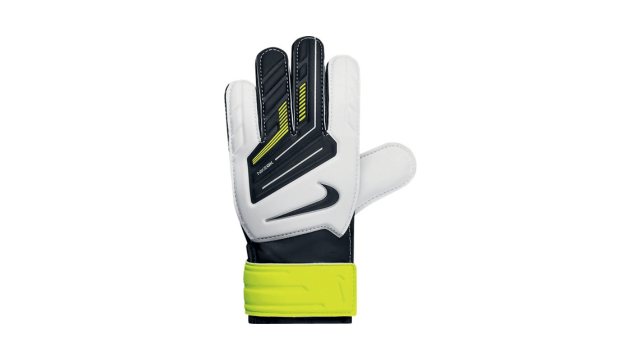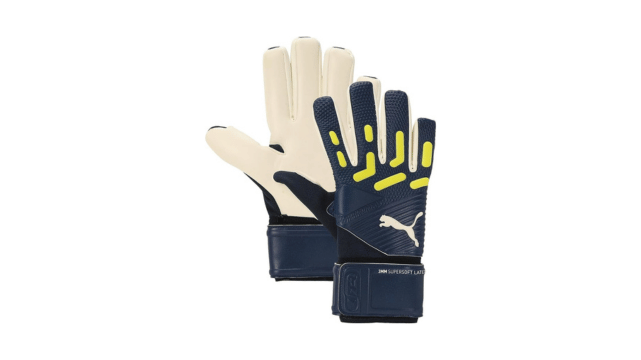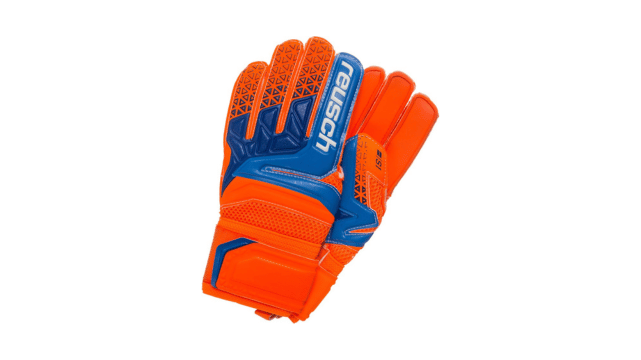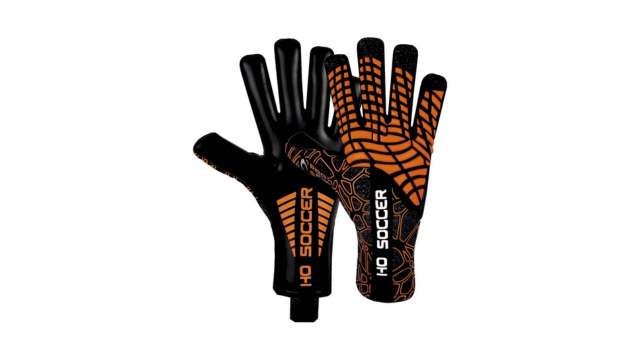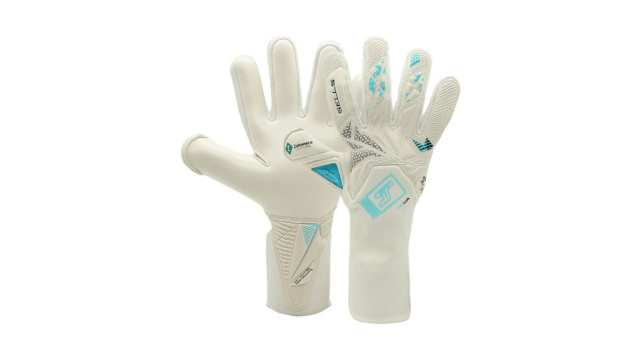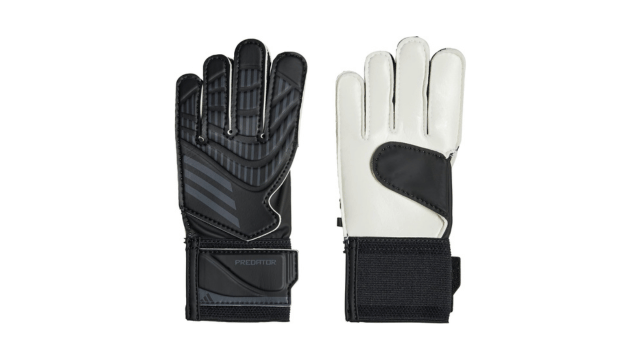Finding the perfect goalie gloves for kids is crucial for their performance and safety on the field. The right pair can boost confidence, enhance grip, and offer protection from injuries, allowing young goalkeepers to focus on honing their skills. When choosing goalie gloves for children, consider factors such as fit, cushioning, and durability to ensure they can handle the rigors of the game while providing comfort and support. Explore top-rated options designed specifically for young athletes to help them stay agile and secure in the goal.
Best Goalie Gloves For Kids Buying Guide
Goalie gloves are an essential piece of equipment for young soccer goalkeepers. They provide protection for the hands, enhance grip on the ball, and boost confidence in young players. When choosing goalie gloves for kids, it’s crucial to consider factors such as fit, durability, and performance. The right pair of gloves can significantly improve a child’s ability to catch, punch, and throw the ball effectively during matches and training sessions.
Glove Fit and Size
The fit of goalie gloves is paramount for optimal performance. Gloves that are too large can slip off during crucial moments, while those that are too small can restrict movement and cause discomfort. To find the right size, measure the circumference of the child’s hand around the knuckles and compare it to the manufacturer’s sizing chart. It’s important to note that sizes may vary between brands, so always refer to specific sizing guides. A properly fitting glove should have about a quarter to half an inch of space at the fingertips, allowing for growth and flexibility.
Palm Material and Grip
The palm material of goalie gloves plays a crucial role in ball control and grip. For young goalkeepers, latex palms offer an excellent balance of grip and durability. Softer latex provides superior grip in dry conditions but may wear out faster, while firmer latex offers increased durability at the cost of some stickiness. Consider the playing conditions and frequency of use when selecting the palm material. Some gloves feature textured or embossed palms for additional grip, which can be beneficial for young players still developing their catching skills.
Glove Cut and Design
Goalie gloves come in various cuts, each affecting the fit and feel of the glove. The most common cuts for youth gloves are flat cut, roll finger, and negative cut. Flat cut gloves offer a looser fit and are often preferred by beginners for their simplicity. Roll finger gloves wrap around the fingers for a snug fit and enhanced ball contact. Negative cut gloves provide a tighter fit and are suitable for players with slimmer hands. The choice of cut largely depends on personal preference and hand shape, so it may be worth trying different styles to find the most comfortable option.
Wrist Closure and Support
The wrist closure system is crucial for securing the gloves and providing wrist support. For young goalkeepers, a velcro strap closure is often the most practical choice. It allows for easy adjustment and quick removal of the gloves. Some gloves feature an elasticated bandage-style wrist for added support and a more secure fit. Consider the level of wrist flexibility and support needed based on the child’s playing style and any previous wrist injuries.
Durability and Construction
Kids can be tough on their equipment, so durability is a key factor to consider. Look for gloves with reinforced stitching, especially around the thumb and finger areas where wear is most likely to occur. Some gloves feature additional padding or protection on high-impact areas, which can extend the life of the gloves. While more durable gloves may come at a higher price point, they can be a cost-effective choice in the long run, especially for frequent use.
Weather Considerations
Consider the climate and typical playing conditions when selecting goalie gloves. For cooler weather, gloves with a fleece lining can provide additional warmth without sacrificing flexibility. In warmer climates, gloves with breathable backhand materials can help reduce sweat and keep hands comfortable. Some gloves are designed with all-weather latex that maintains grip in both wet and dry conditions, which can be ideal for young players who play in varied weather throughout the season.
Price and Value
While it may be tempting to opt for the most expensive gloves on the market, it’s important to balance quality with practicality for growing children. Mid-range gloves often offer a good compromise between performance and value. Consider how frequently the child plays and at what level when determining your budget. For casual players or those just starting out, entry-level gloves can provide adequate protection and grip. As skills develop and play becomes more competitive, investing in higher-quality gloves may be warranted.
Care and Maintenance
Proper care can significantly extend the life of goalie gloves. Teach young goalkeepers to clean their gloves after each use by gently washing them with lukewarm water and allowing them to air dry naturally, away from direct heat or sunlight. Avoid leaving gloves in damp kit bags, as this can lead to unpleasant odors and deterioration of the latex. Some gloves come with care instructions specific to their materials, so be sure to follow these guidelines to maintain performance and longevity.
Conclusion
Selecting the best goalie gloves for kids requires careful consideration of various factors, including fit, palm material, design, durability, and playing conditions. By taking the time to find the right gloves, you can help young goalkeepers perform at their best and develop their skills with confidence. Remember that as children grow and their abilities improve, their glove needs may change. Regularly reassess the fit and performance of their gloves to ensure they always have the right equipment for their level of play. With the right pair of gloves, young goalkeepers can focus on honing their skills and enjoying the beautiful game of soccer.

